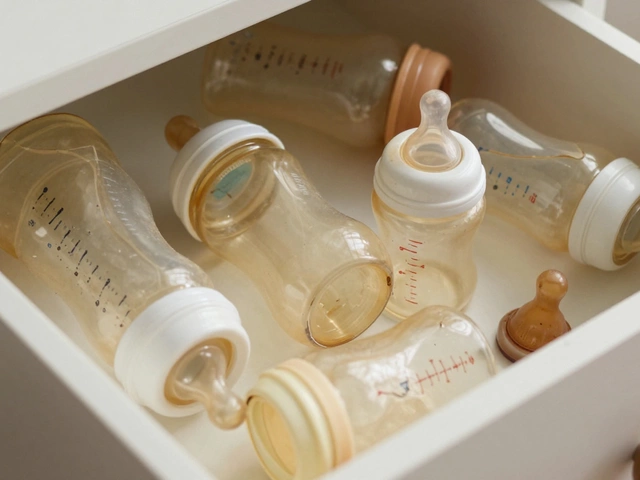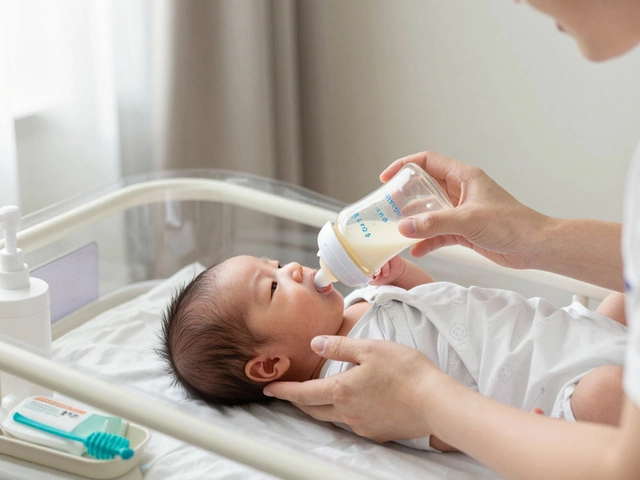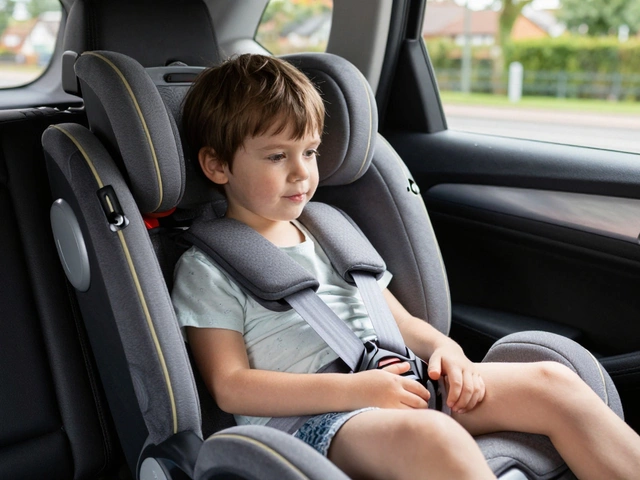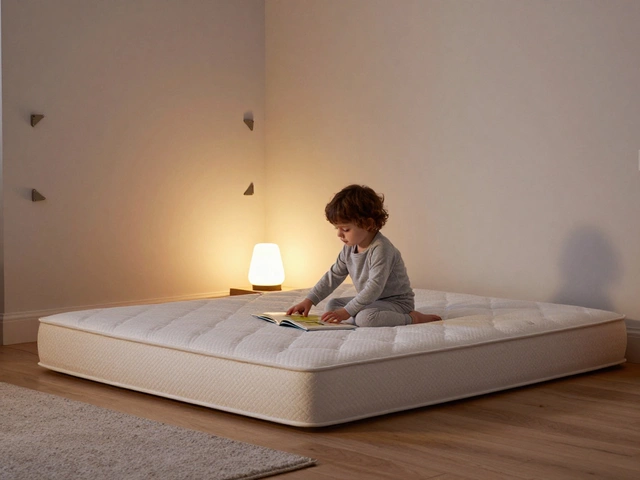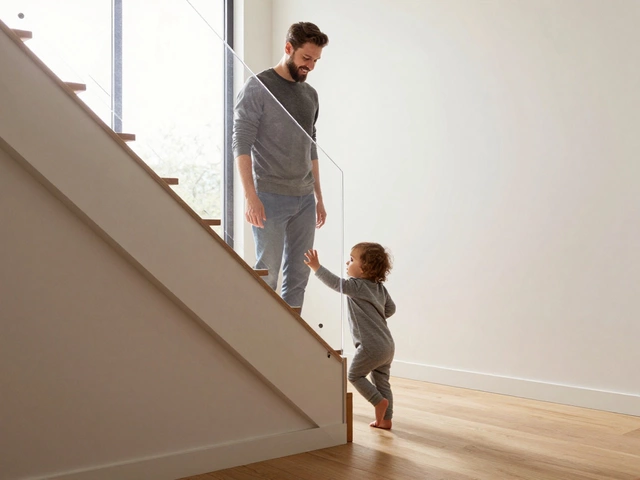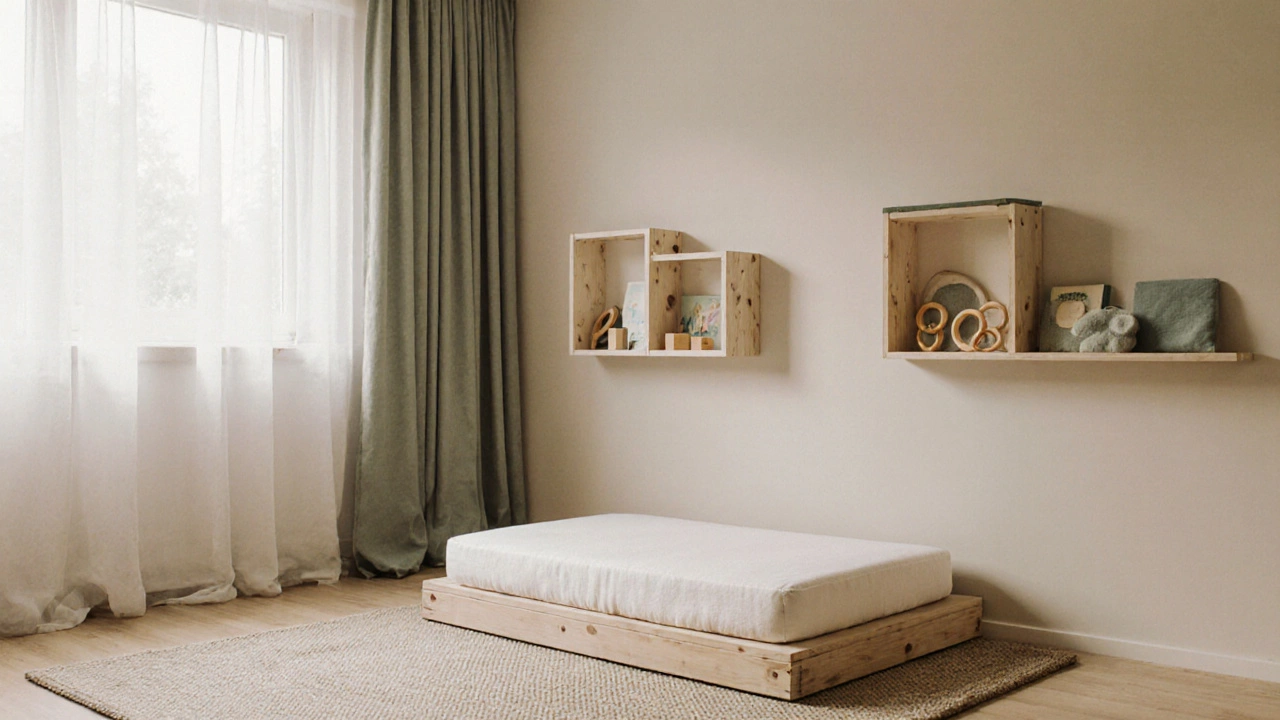
Montessori Nursery Checklist
Montessori Baby Room Setup Checklist
When you hear the term Montessori baby room is a child‑centered nursery that follows Montessori principles, emphasizing freedom of movement, natural materials, and age‑appropriate independence, you might picture a minimalist space with low‑lying furniture. In reality, it’s a thoughtfully arranged environment that nurtures a baby’s natural curiosity while keeping safety front‑and‑center. Below you’ll discover how to design one, which pieces matter most, and why it can boost early development.
What Makes a Montessori Baby Room Different?
At its core, a Montessori baby room applies three Montessori principles to the nursery:
- Respect for the child’s autonomy - furniture is placed low enough for a baby to explore safely.
- Prepared environment - every item has a purpose and is easily reachable.
- Natural, non‑toxic materials - wood, cotton, and unpainted finishes dominate.
These ideas translate into a room that feels open, calm, and inviting, rather than a series of adult‑size fixtures that a baby can’t use.
Key Furniture Pieces and Their Roles
Choosing the right pieces is crucial. Here are the essentials, each introduced with a brief definition:
- Low‑profile floor bed - a mattress placed directly on the floor or on a low frame, encouraging safe rolling and self‑initiated sleep.
- Open‑shelf storage - shallow, child‑height shelves where toys and books are displayed at eye level, inviting selection.
- Natural materials - untreated wood, wool, and cotton that stimulate the senses without chemicals.
- Child‑sized table - a small table and stool pair that allows early art or snack activities.
- Developmentally appropriate toy - items that support fine motor skills, such as wooden rings, soft blocks, and simple puzzles.
The idea is to let your baby move freely, pick up objects, and return them, fostering independence from day one.
Step‑by‑Step Setup Guide
Follow these steps to create a functional Montessori baby room without feeling overwhelmed:
- Clear the space. Remove any oversized furniture that blocks floor access.
- Lay a soft rug. Choose a natural fibre rug (e.g., cotton or wool) that cushions falls.
- Position the floor bed. Place it centrally, away from windows and direct sunlight.
- Install open shelves. Anchor them securely to the wall; arrange toys by size and type.
- Add a child‑sized table. Keep it near the shelves for easy transition from play to snack.
- Introduce natural décor. Use simple artwork, plant pots (out of reach), and soft lighting.
- Apply safe sleep guidelines. Ensure the mattress is firm, the bedding is breathable, and the room stays below 20°C (68°F).
Each step aligns with safe sleep guidelines while preserving the Montessori ethos of independence.
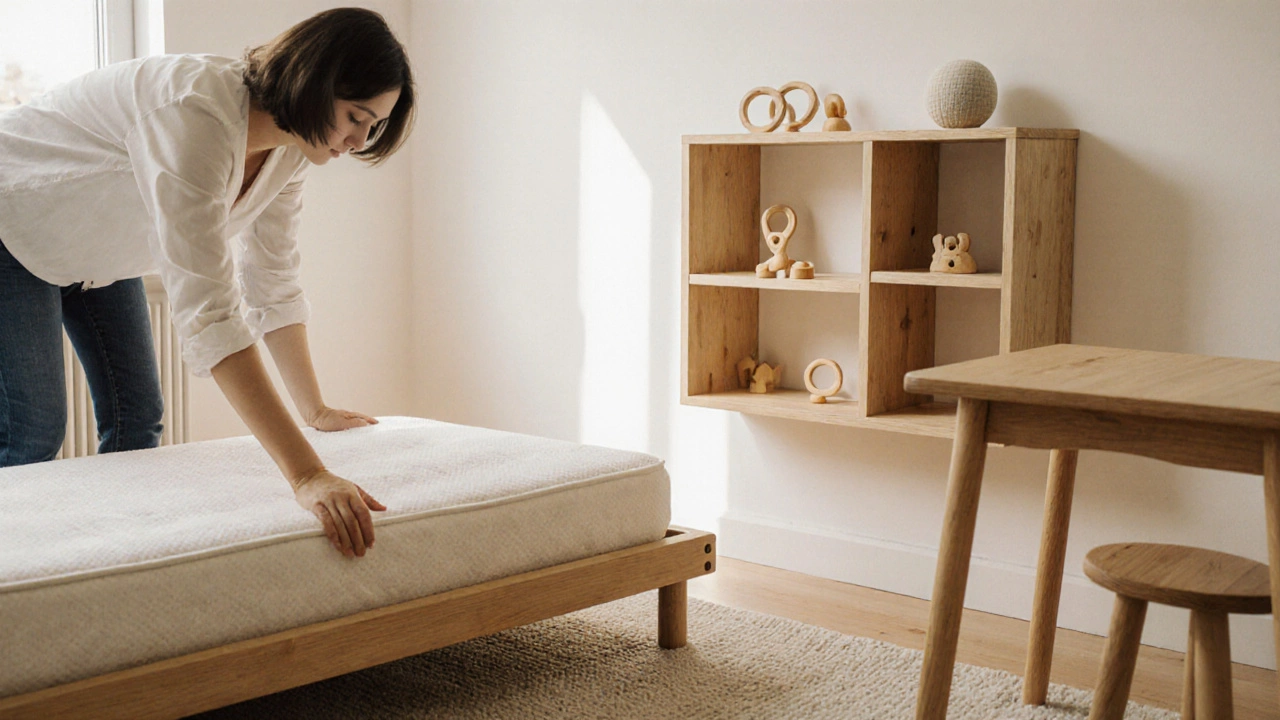
Benefits for Early Development
Research from early‑childhood educators shows that babies in prepared environments develop:
- Motor skills faster. Crawling on a clear floor builds core strength.
- Problem‑solving abilities. Choosing and returning toys improves executive function.
- Emotional regulation. A calm, uncluttered space reduces overstimulation.
- Language acquisition. Accessible books encourage early reading habits.
Parents also report less stress because the room invites the baby to self‑soothe rather than rely on constant adult intervention.
Common Mistakes and How to Avoid Them
Even seasoned parents can slip up. Here are pitfalls and quick fixes:
- Cluttered shelves. Keep no more than three items per level; rotate toys weekly.
- Using high‑contrast paint. Opt for muted, natural hues that calm the nervous system.
- Skipping safety anchors. Every open shelf and table must be anchored; use wall‑mounted brackets.
- Choosing synthetic fabrics. Replace polyester blankets with organic cotton to respect the natural‑material rule.
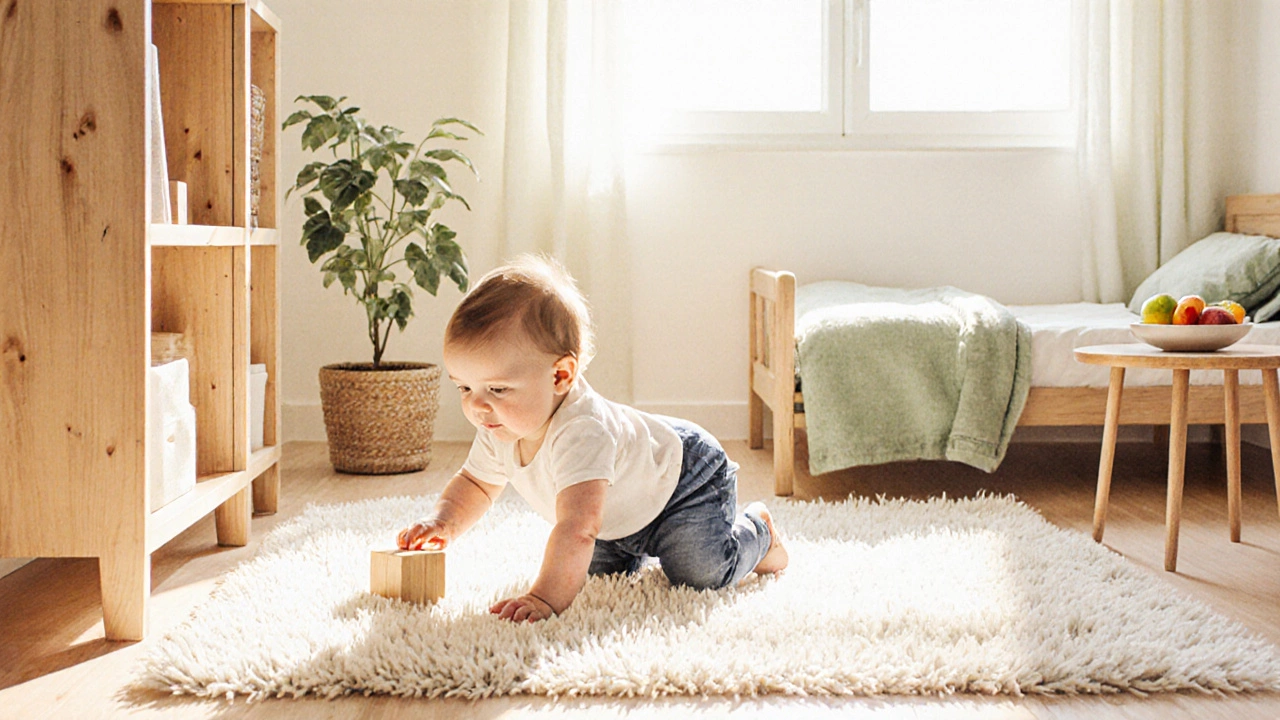
Montessori vs Traditional Nursery: A Quick Comparison
| Aspect | Traditional Nursery | Montessori Baby Room |
|---|---|---|
| Furniture height | Standard crib (high) | Low‑profile floor bed |
| Storage style | Closed cabinets | Open‑shelf, child‑reachable |
| Material focus | Plastic, painted wood | Natural, untreated wood and fabrics |
| Freedom of movement | Limited, baby supervised | Encouraged, safe floor space |
| Parent involvement | Primarily caregiver‑directed | Child‑initiated play, guided by adult |
This side‑by‑side view makes it clear why many families gravitate toward the Montessori approach as their child grows.
Quick Checklist Before You Finish
- Floor bed placed centrally, firm mattress.
- At least two open‑shelf units anchored safely.
- Natural rug and soft, breathable linens.
- Child‑size table and stool within reach of shelves.
- Rotate toys weekly to keep interest high.
- Check temperature and ventilation daily.
Tick each box, and you’ll have a room that respects both your baby’s independence and your peace of mind.
Final Thoughts
Designing a Montessori baby room isn’t about buying pricey décor; it’s about creating a space where a tiny explorer can move freely, choose activities, and rest safely. By following the principles, selecting the right furniture, and staying mindful of safety, you set the stage for a confident, curious child.
What age is a Montessori baby room appropriate for?
The concept works from birth up to around 18 months. During this period, the floor bed, open shelves, and low‑height furniture support the rapid physical and cognitive changes babies experience.
Can I keep a traditional crib in a Montessori room?
While the low‑profile floor bed is ideal, many parents transition gradually. If you must use a crib, ensure it’s low enough for the child to climb in and out safely, and plan to switch to a floor bed as soon as feasible.
How many toys should I have on the open shelves?
Aim for 3‑5 items per shelf level. Rotate them every week to keep the environment fresh and prevent overstimulation.
What flooring is safest for a Montessori baby room?
A low‑pile natural fibre rug (cotton or wool) placed over a non‑slip underlay provides cushioning and reduces the risk of slips.
Are Montessori toys expensive?
Quality wooden toys can cost more than mass‑produced plastic ones, but they last longer and support development better. Look for sales or second‑hand options to stay within budget.


